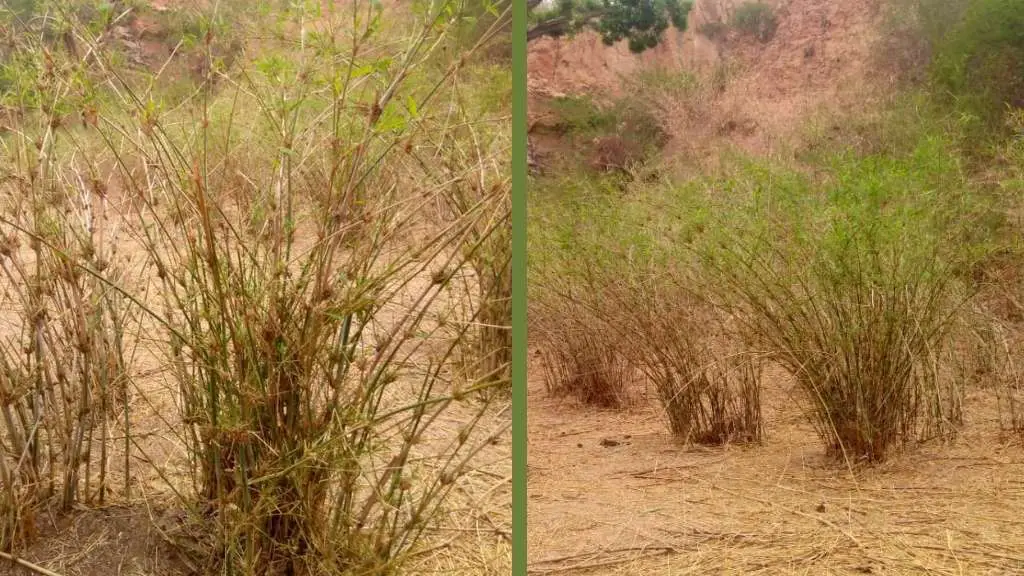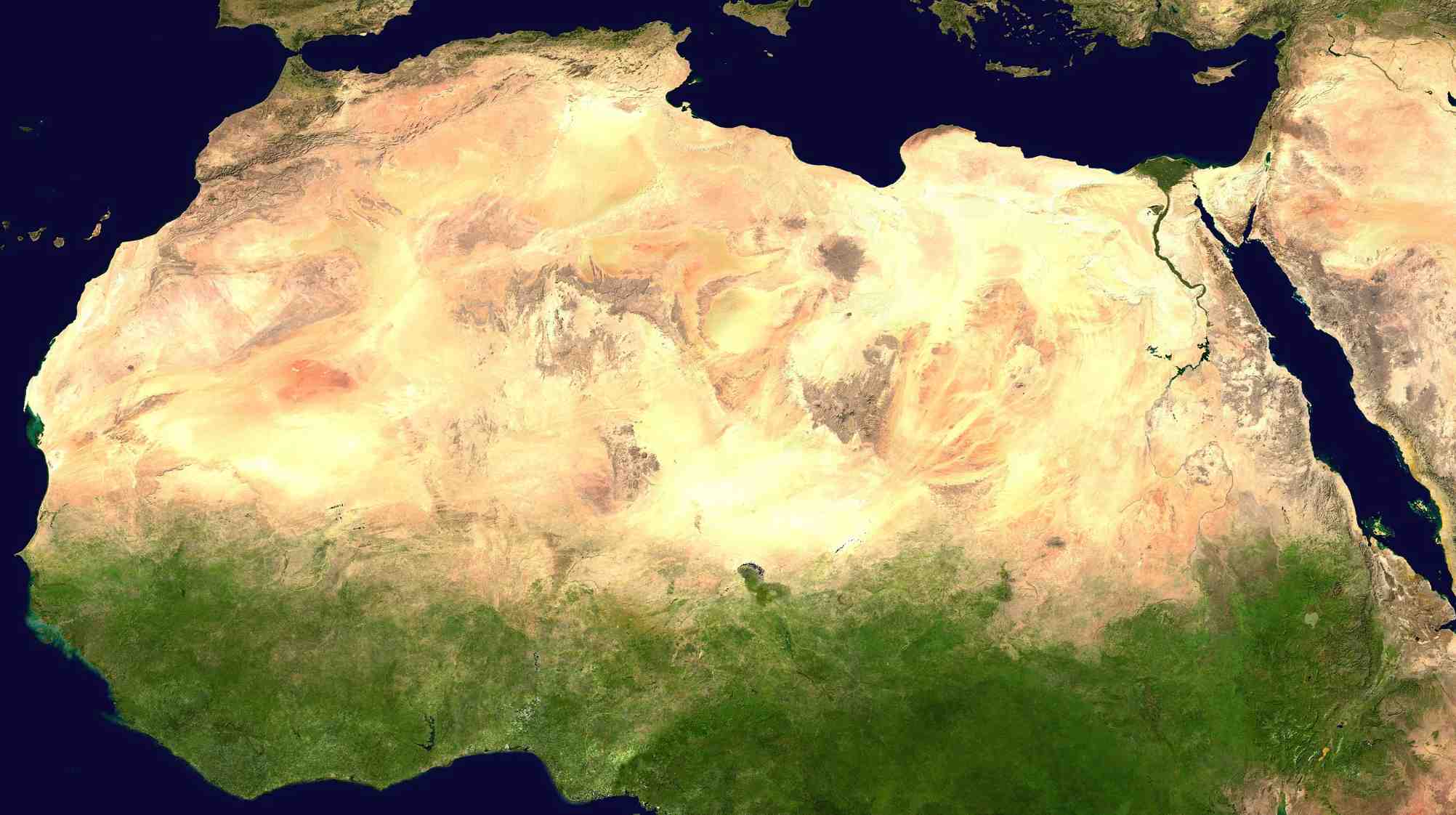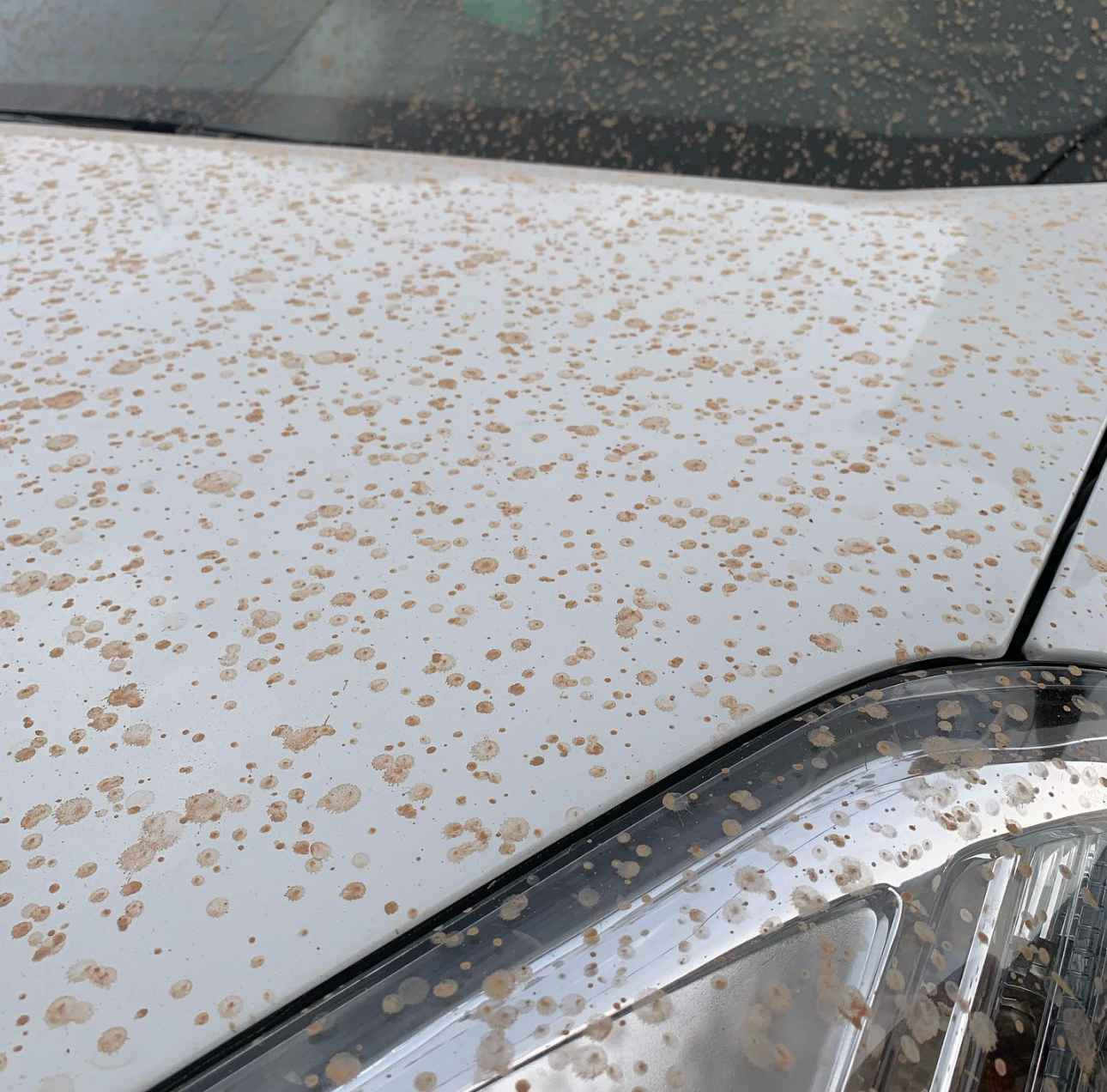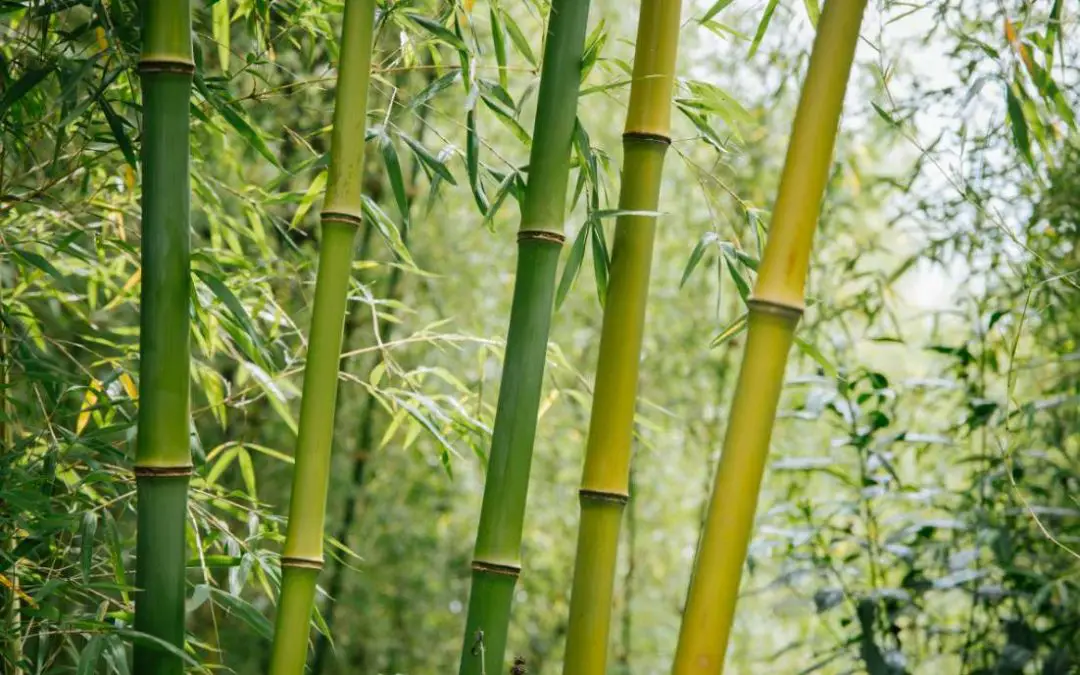We have an old saying here at Bambu Batu: “If it can’t be done with bamboo, it probably shouldn’t be done.” There seems to be no limit to this plant’s remarkable potential. A forest or plantation of bamboo can generate more oxygen than trees to clean the air. The fast-growing poles of bamboo make for renewable lumber that can build affordable structures and house the poor. And the vigorous groves of many species produce edible shoots that can feed the hungry. So why not plant bamboo to curb the desertification of North Africa?
Around 2007, the African Union launched the Great Green Wall, the world’s largest-ever reforestation project. This multinational effort aims to build an 8,000 km wall of vegetation across the entire width of North Africa, in order to protect threatened habitats and foodsheds from desertification. And it’s possible that bamboo cultivation could play a small part in this ambitious project. That’s because bamboo is a resilient pioneer species that can grow well in poor soil and use its tenacious roots to mitigate erosion.
What is the Great Green Wall?
Once completed, the Great Green Wall will be the largest natural structure on earth, three times the size of Australia’s Great Barrier Reef. It will stretch across the Sahel, the sensitive transition zone between the Sahara and the African savannah, from Senegal in the west all the way to Eritrea on the Red Sea. Currently, 20 countries and dozens of international organizations are involved in the effort.
The reasoning behind this massive transcontinental project is multifaceted. But essentially, the Great Green Wall is meant to protect the Sahel and stop the spread of the Sahara Desert. While the idea that the Sahara is growing remains debatable, the Sahel is unquestionably a critical habitat for humans and wildlife alike.
Measuring the Sahara
At 3.6 million square miles, the Sahara Desert is the third-largest desert in the world. But the only larger deserts are in the frozen arctic and antarctic. The National Science Foundation says the Sahara has grown by 10 percent in the last 100 years. Other researchers maintain that currently the desert only appears to be growing because of recent droughts that have turned much of the Sahel brown. They describe it as a natural, seasonal fluctuation.
Either way, the greenery is dying back, and a sensitive ecosystem is in jeopardy. Proponents of the Great Green Wall explain that this giant swath of trees and shrubs can help alleviate a wide range of problems, including drought, famine, political conflict, and migration.
Reforestation is key to protecting this vital habitat, which has slowly degraded in recent decades, largely because of droughts, as well as human activity. A critical mass of vegetation can help the soil to to retain moisture and restore its fertility. Ultimately, the revived ecosystem could provide a rich source of food and employment across many of the world’s poorest countries. The project is already bringing diverse populations together around a common goal in these war-torn regions.
Although progress is difficult to quantify and exact numbers are not available, the GGW seems to be somewhere around 4 to 18 percent complete. Tens of millions of trees have been planted, and billions of seeds in addition. The greatest progress so far has been in Senegal, Burkina-Faso and Ethiopia.
Is there bamboo in Africa and the Great Green Wall?
Bamboo might not be the first plant that comes to mind when you think about restoring the vegetation that borders the Sahara Desert. But native species of bamboo are widespread throughout sub-Saharan Africa, especially at higher elevations like in Ethiopia, and in more tropical climates like Ghana and elsewhere.
Being a grass, bamboo needs water, but the African species are relatively drought-tolerant. Oxytenanthera abyssinica takes its name from the former kingdom of Ethiopia (i.e., Abyssinia) and is the most prevalent variety of bamboo in this region, south of the Sahara and north of the tropics. Closer to the equator, Oldeania alpina is another species of bamboo that provides essential sustenance for at least two endangered species, the golden monkey and the mountain gorilla.

A concerted effort is currently underway to plant Bambusa blumeana, or Thorny Bamboo, as part of this program to curb desertification. This Indian species is difficult to work with because of its formidable thorns, but it’s extremely drought-tolerant and potentially valuable as a feedstock for charcoal and other wood products.
Bamboo has many advantages which are consistent with the goals of the Great Green Wall. It’s actually a good pioneer species. Bamboo is resilient in poor soil and suboptimal conditions. It’s famous for growing quickly and growing tall. In this way, it can provide shade for more delicate flora and a habitat for a variety of birds and wildlife.
The tenacious roots of bamboo are also excellent for controlling erosion while also drawing up the water table. At the same time, its falling leaves can help with moisture retention. Finally, bamboo is an incredibly useful crop that could bring economic opportunities to local, impoverished populations.
Desertification and Climate Change
We can think of the Sahel as one of the major front lines in the battle against Climate Change, where temperatures have been increasing faster than anywhere else on earth. Serious droughts in the 1970s and 80s were detrimental to the Sahel. Most observers agree that the Sahara has been expanding, and agricultural yields are falling.

Climatologists believe that the future will continue to bring infrequent but more intense rainfall. Without some sort of adaptation, that could spell disaster for the topsoil. Agroforestry is one such adaptation. This involves the commingling of trees and other food crops. The mixture of vegetation helps the entire habitat to reduce erosion, collect rainfall and capture nutrients, rather than lose it all in floods and landslides. The presence of forest cover is known to alter local weather patterns and attract more rainfall. Again, bamboo could be an excellent component in this strategy.
Sand storms and mud rain
Another observable symptom of Climate Change is the increased intensity of sand storms and dust storms generated in and around the Sahara. Like so many aspects of Climate Change, it remains unclear how the meteorological factors all correlate, or even if the consequences are all negative.
For example, dust storms from the Sahara are actually critical to the health and vitality of the Amazon Rainforest. Satellite imagery from NASA provides spectacular evidence of the way in which clouds of beige follow atmospheric currents and drift steadily from North Africa to South America. As this happens, the sand and dust, comprised largely of decayed, organic matter, falls like fertilizer on the great jungles of the Amazon. And this is hardly a trivial event. More than 180 million tons of dust floats over the Atlantic Ocean each year.
In Southern Europe, a similar, seasonal phenomenon takes place every winter and spring. And recent years have seen an increase in scope and frequency. Typically in March, April and May, prevalent winds from North Africa carry Saharan dust across the Mediterranean, but it can happen any time of year. This can turn the skies an apocalyptic shade of orange, but it’s most noticeable when it mixes with the rain.

When the silt hits the fan
Discovering the silt residue of mud rain (also called red rain or dust rain) on your car can be annoying. And the reddish-brown overcast skies can be disturbing. But like the dust that falls on the Amazon, this African silt is essential for the soil of Southern Europe. It’s especially high in calcium, phosphorus and other nutrients that are naturally lost every year to erosion. Furthermore, the dust increases the pH of the rain, making it more alkaline. In other words, the mud rain is something of an antidote to acid rain.
However, the fact that these mud rain incidents have grown more common in recent years may be cause for concern. Though the dust rain itself may be beneficial in Europe, it could be symptomatic of the worsening drought conditions around the Sahel. Less rain, of course, tends to result in more loss of topsoil to the wind.
Conclusions
Amidst a sea of disturbing and sometimes contradictory data, the Great Green Wall is a symbol of hope and evidence of Africa’s willingness and determination to confront the real effects of Climate Change. Probably the largest environmental restoration project in human history, it’s hard to imagine a natural feature so vast on a continent so diverse, without including bamboo. But no enterprise that aims to go head-on with the Sahara would be easy to conceive.
The commingling of ecosystems, between the Sahara and the Sahel, or the Sahara and the Amazon, reminds us just how convoluted the web of life can be. Interdependence is the order of the day, and unintended consequences are everywhere. Identifying problems is easy, but coming up with solutions, not so much. And when it comes to solutions, the Great Green Wall is nothing if not ambitious. All the more reason to incorporate bamboo. It might not cure everything, but it can definitely help with something.
Learn more
If you enjoyed this article about bamboo, the Great Green Wall and the desertification of North Africa, you might also check out some of these other popular articles.
- Bamboo in Africa
- Growing bamboo for erosion control
- Bamboo and reforestation
- Growing bamboo in the desert
- Bamboo in the Salton Sea
FEATURED IMAGE: Bamboo grove in Rwanda, Africa

























